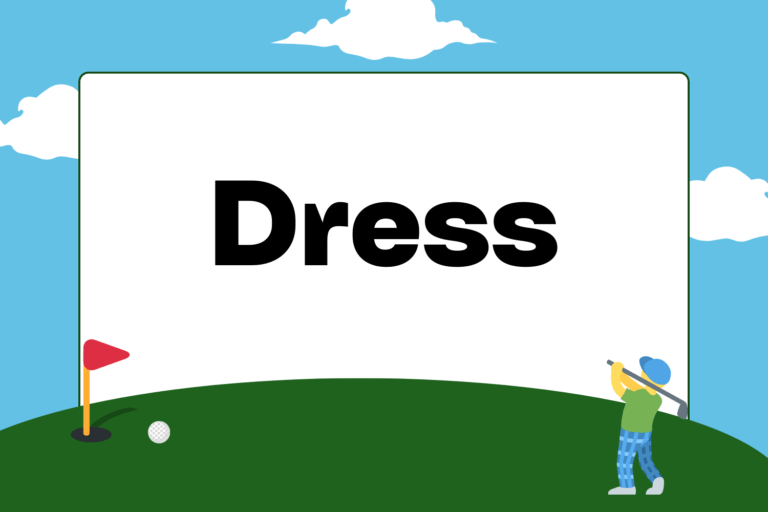Nothing impacts a round of golf like a strong wind. Luckily, there is a type of shot that can save golfers a lot of strokes and a lot of frustration.
Tiger Woods made the shot famous in the late ‘90s by using it not only against wind, but as an aggressive weapon for calm conditions as well (his stinger with a two-iron goes about 280 yards!). And though Tiger may have popularized the technique, the stinger shot has been used to help wind-diverted golf balls find their destination for decades.
What It Is
The stinger is a type of shot with an abbreviated follow-through. The aim is to keep the ball flying on a lower trajectory while still maintaining a lot of power.
When To Use It
“Try thinking of it as mortar fire. If you hit the ball with the same club and same club-head speed, the lower-trajectory shot won’t spin as much or go as far. It’s all about the release point and cutting off your follow-through.”
Tiger Woods
On his version of the stinger
You can use the stinger whenever you want. Golfers often utilize it to have more control and consistency off the tee, out of the rough, and even for approach shots from the short stuff.
The most helpful time to use the stinger, though, is when the wind is blowing hard enough to affect your ball, especially if you’re hitting directly into the teeth of the gusts. Hitting into the wind from the tee can stop your drive dead in its tracks. The stinger solves that problem by putting the ball on a lower, less vulnerable trajectory, which allows the ball to cut through the wind instead of fight against it.
What Clubs To Use
One of the best parts about the stinger is that you can use it with practically any club. If you’re teeing off into a par four or five, you’ll be best suited with a long iron, fairway wood, or a hybrid club. But once you’re on the short stuff, you can use the stinger with any of your shorter irons—even your wedges—if the green is set up well for a low-trajectory approach shot.
How to Pull it Off
Step 1: Ball Placement
When setting up, make sure the ball is played center-back in your stance.
Step 2: Press Hands Forward
Press your hands slightly ahead of the ball to lower the loft of the club.
Step 3: Choke Down
You can choke down a bit on the club’s grip.
Step 4: Steady Backswing
Make sure to take your time during your backswing. The quick abbreviation during the stinger happens after impact, not before.
Step 5: Solid Wrists
On the downswing, keep your left wrist (for right-handers) solid and slightly curved toward your target.
Step 6: Hit & Stop
As soon as you make impact with the ball, try to stop the follow-through. An abbreviated follow-through keeps your left wrist in strong position, which is the key to the low trajectory of the stinger.
Getting the Feel for It
Like with any new weapon in your golf game, the stinger takes a lot of time and practice. The next time you head out to the range, use an entire bucket of balls just for the stinger and really try to get the feel for that solid left wrist and the strange abbreviated finish immediately after impact.
Or watch your favorite pros use the stringer during tournaments to get a good sense of the shot’s rhythm and timing. If you do catch Tiger using the stinger, you’ll see exactly how he turned it into one of golf’s most physical and exciting swings. Just keep practicing—while you may not be able to do it exactly like Tiger, if you master the stinger and learn when to use it, you’ll definitely see your scores drop.





